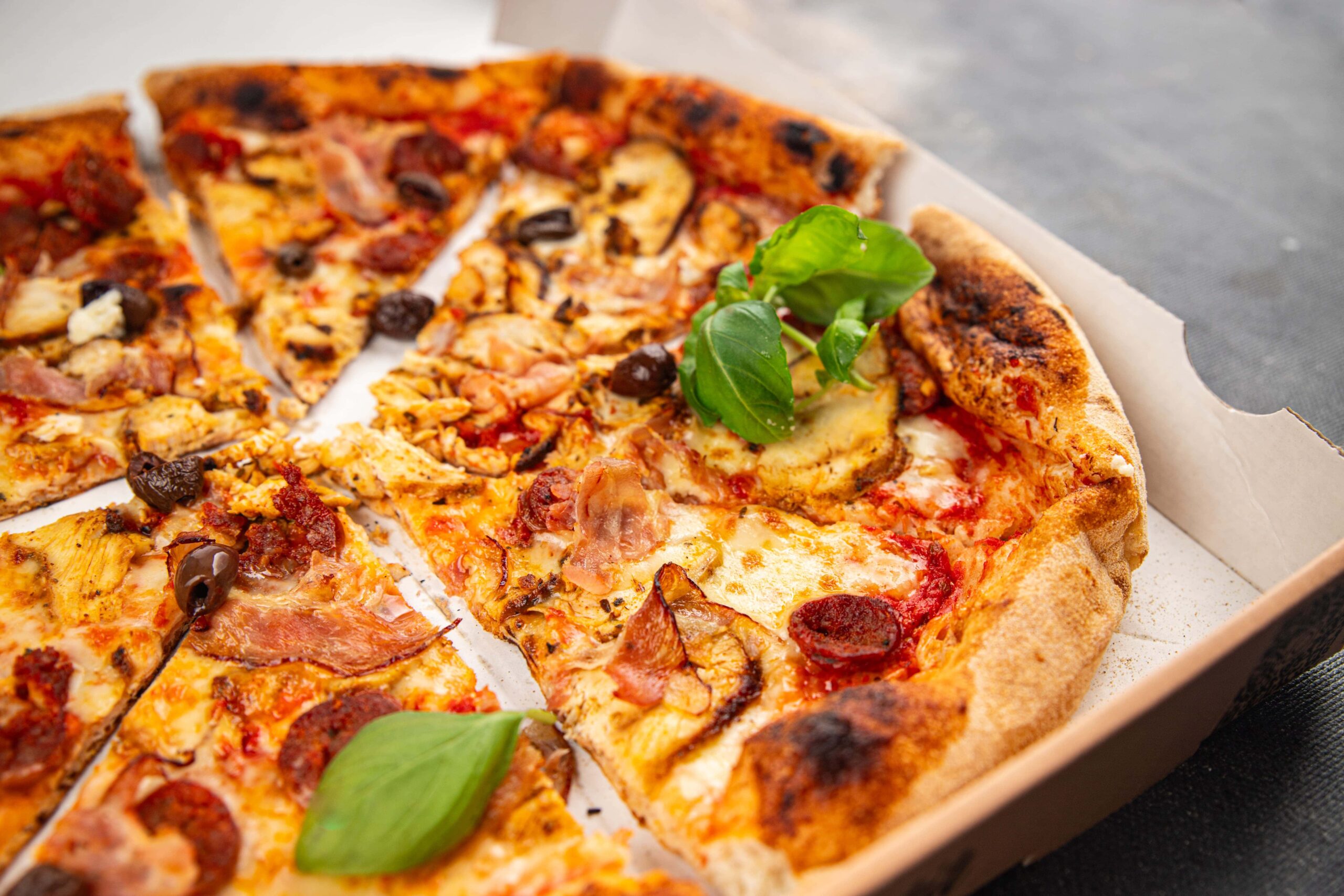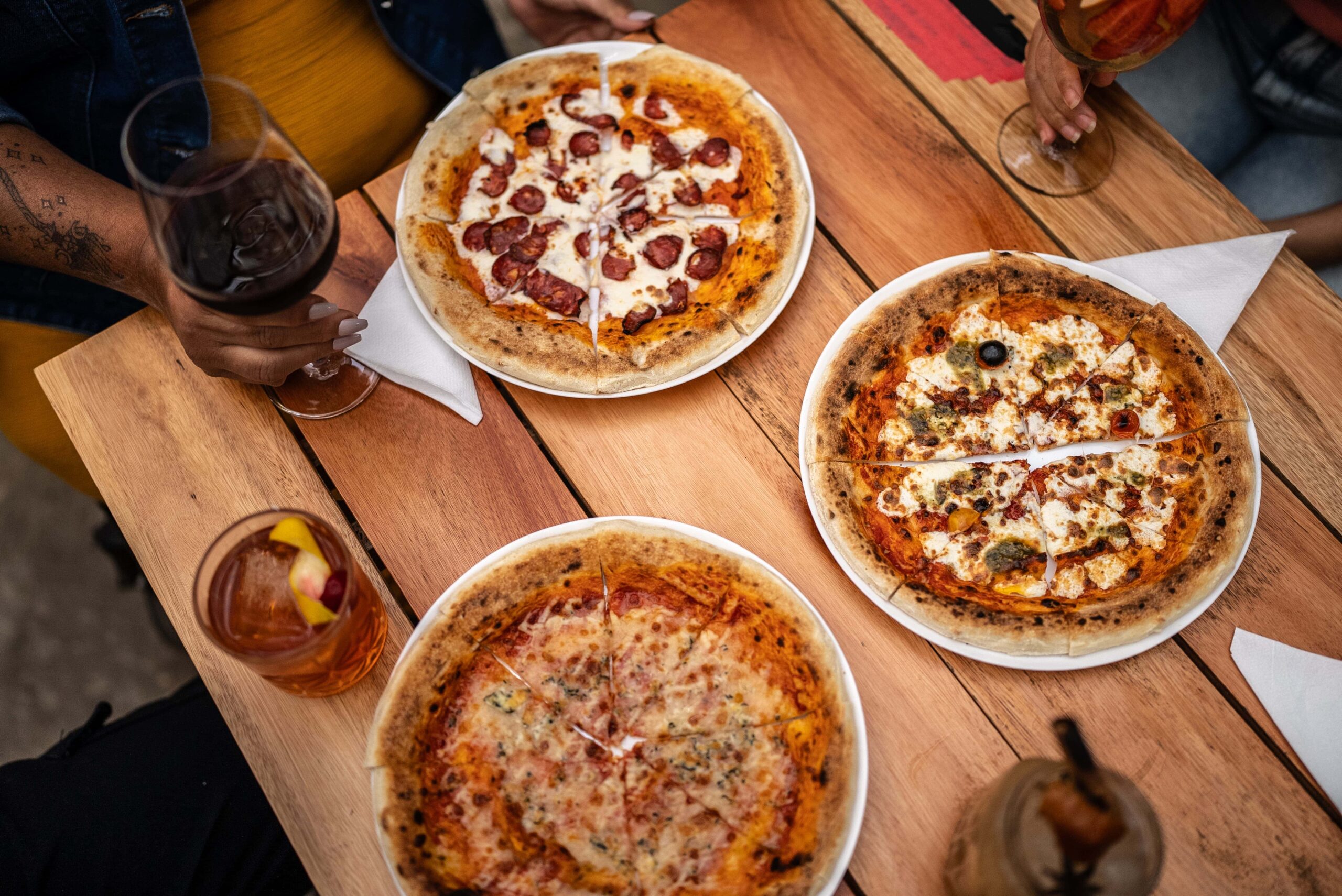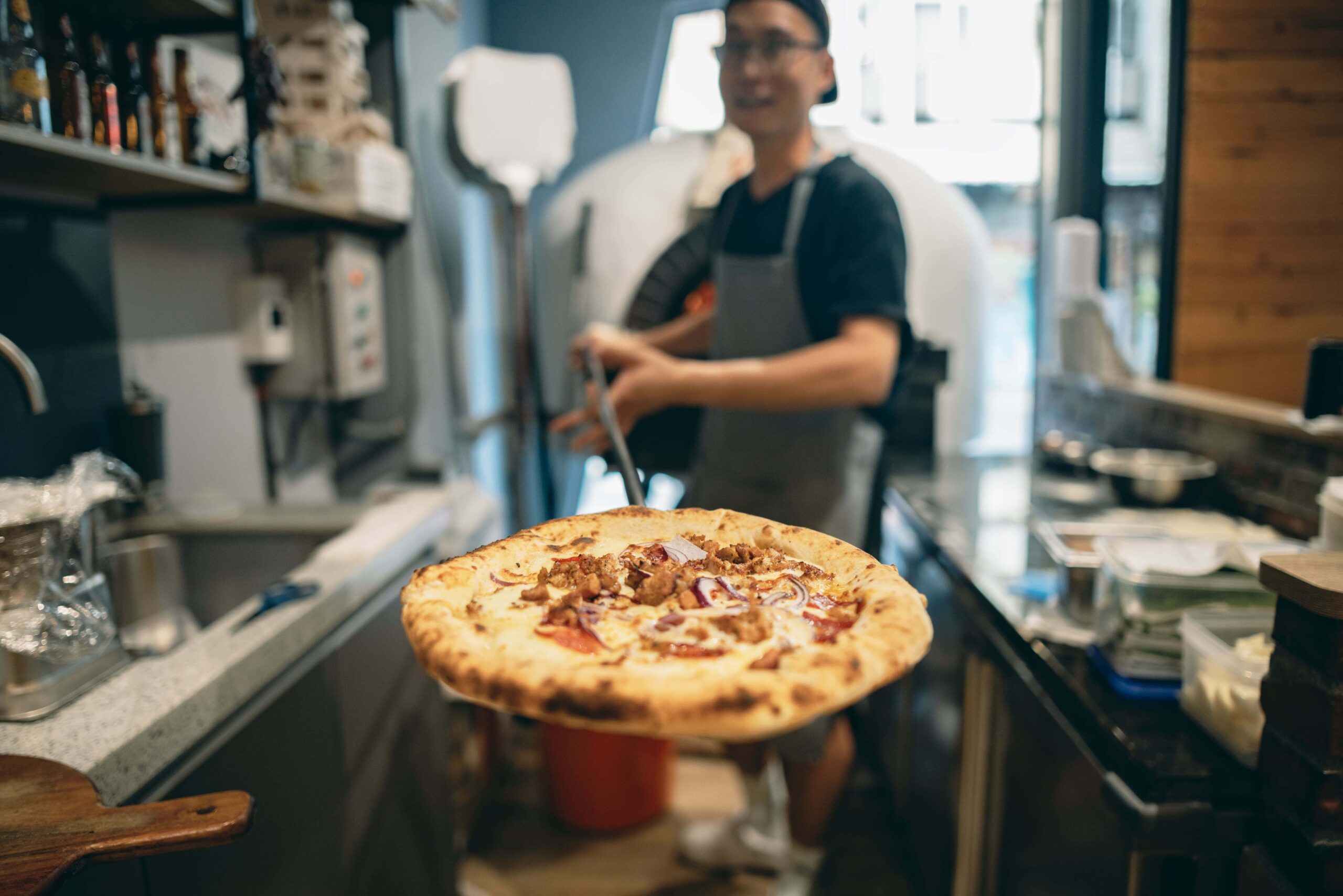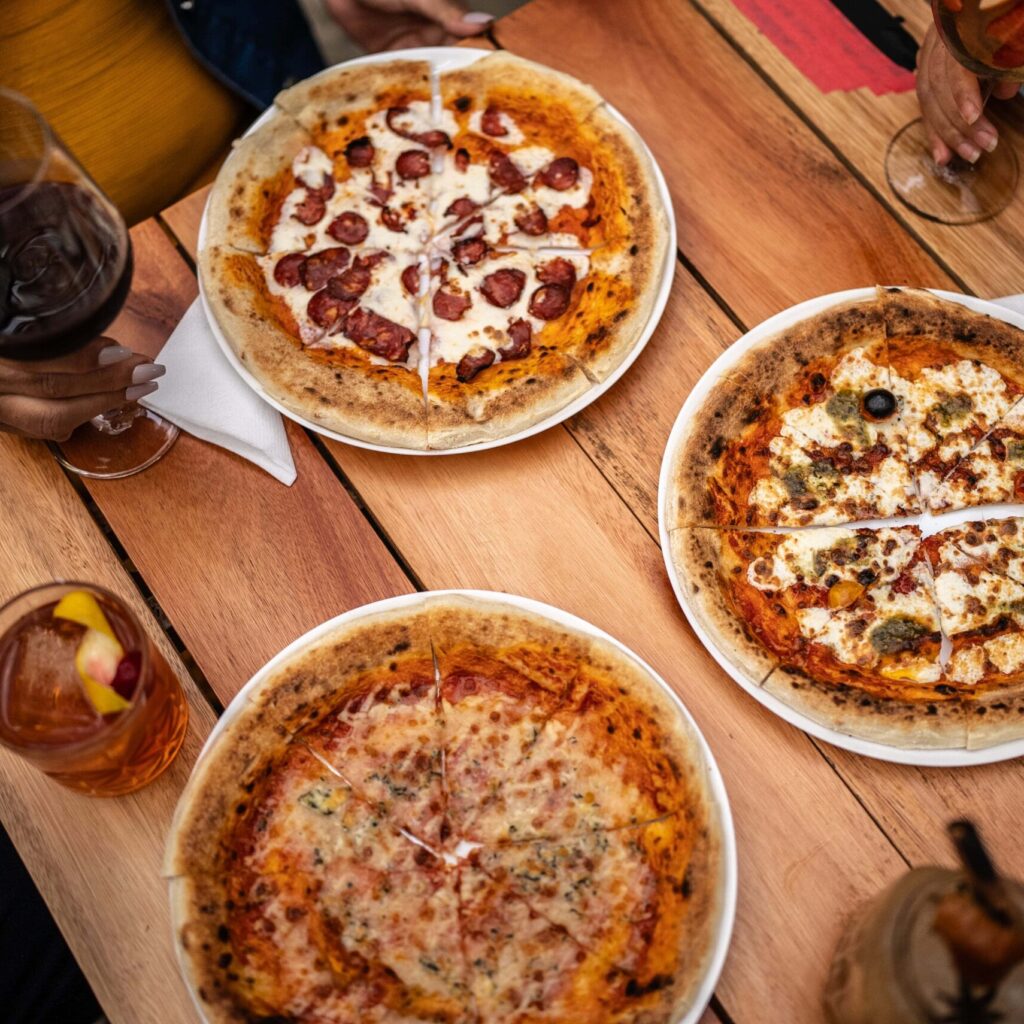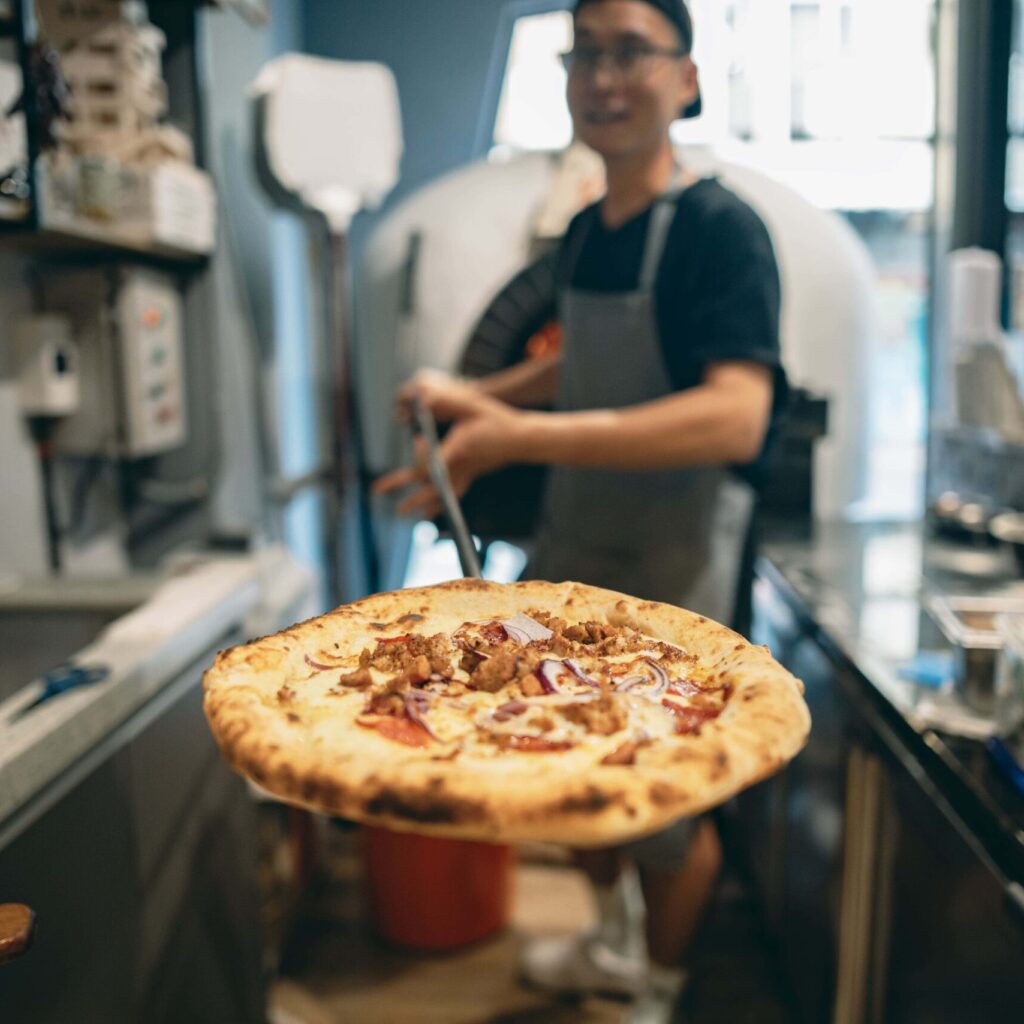Managing employee schedules in a pizzeria can be one of the most challenging aspects of running a successful food service business in Bolingbrook, Illinois. With fluctuating customer demand, varying employee availability, and the need to balance labor costs with service quality, pizzeria owners often find themselves spending hours each week crafting workable schedules. In the competitive Bolingbrook restaurant scene, efficient staff scheduling isn’t just about administrative convenience—it’s a critical business function that directly impacts customer satisfaction, employee retention, and ultimately, profitability. The right scheduling approach can help pizzeria owners navigate busy weekend rushes, handle special events, and maintain appropriate staffing levels during both peak and slow periods.
For small business pizzerias in Bolingbrook, implementing effective scheduling services offers a strategic advantage in an industry known for tight margins and high turnover. Modern scheduling solutions have evolved beyond simple timetables into comprehensive workforce management systems that can predict staffing needs, accommodate employee preferences, and ensure compliance with Illinois labor regulations. These tools allow pizzeria managers to spend less time on administrative tasks and more time focusing on food quality, customer experience, and business growth. As technology continues to transform the restaurant industry, Bolingbrook pizzeria owners who embrace innovative scheduling approaches position themselves to thrive in both everyday operations and during unexpected challenges.
Current Scheduling Challenges Facing Bolingbrook Pizzerias
Pizzeria owners in Bolingbrook face unique scheduling challenges that impact their daily operations and long-term success. Managing staff availability around peak hours—typically evenings, weekends, and during local events—requires careful planning and flexibility. Many pizzerias rely on a mix of full-time, part-time, and student employees, each with different availability constraints and scheduling needs. This complexity can lead to significant time investment from managers who often resort to manual scheduling methods.
- Unpredictable Demand Patterns: Bolingbrook pizzerias experience fluctuating customer traffic based on weather, local events, and seasonal changes, making it difficult to predict staffing needs accurately.
- High Employee Turnover: The food service industry typically experiences turnover rates above 70%, creating constant scheduling disruptions and training requirements.
- Last-Minute Call-Offs: Employee absences can severely impact service quality, especially during rush periods when every staff member is essential.
- Compliance Requirements: Illinois labor laws regarding breaks, overtime, and minor work restrictions add complexity to schedule creation and management.
- Manual Scheduling Processes: Many small pizzerias still rely on paper schedules, spreadsheets, or basic digital calendars that don’t integrate with other business systems.
These challenges can consume 5-10 hours of management time weekly—valuable hours that could otherwise be spent on customer service, menu development, or marketing initiatives. According to industry research, restaurant managers spend an average of 8 hours per week creating and adjusting staff schedules, with even more time dedicated to handling last-minute changes and finding shift replacements. Resource optimization becomes critical for these small businesses operating with limited staff and tight profit margins.
Benefits of Modern Scheduling Systems for Pizzeria Operations
Implementing a modern scheduling system can transform operations for Bolingbrook pizzerias, providing immediate and long-term benefits that extend beyond simple time savings. Digital scheduling solutions like Shyft’s employee scheduling platform offer pizzeria owners tools to optimize staffing levels, improve employee satisfaction, and maintain better control over labor costs—one of the largest expenses in food service operations.
- Reduced Administrative Time: Automated scheduling systems can cut schedule creation time by up to 80%, allowing managers to focus on customer service and food quality.
- Improved Labor Cost Management: Smart scheduling helps prevent overstaffing during slow periods and understaffing during rushes, optimizing labor costs while maintaining service standards.
- Enhanced Employee Satisfaction: Platforms that allow input on availability and shift preferences help improve employee satisfaction and reduce turnover in an industry known for high attrition rates.
- Real-Time Adjustment Capabilities: Modern systems enable on-the-fly schedule changes when unexpected situations arise, such as weather events affecting delivery volumes.
- Data-Driven Staffing Decisions: Analytics tools help identify patterns in customer traffic, allowing pizzeria owners to schedule staff more effectively based on historical data.
Pizzerias that implement digital scheduling solutions report significant operational improvements, including an average 4% reduction in labor costs and up to 50% decrease in schedule-related conflicts. For a typical Bolingbrook pizzeria, this can translate to thousands of dollars in annual savings while simultaneously improving both employee and customer experiences. The return on investment for scheduling software typically becomes apparent within the first few months of implementation.
Essential Features for Pizzeria Scheduling Solutions
When selecting a scheduling solution for a Bolingbrook pizzeria, owners should focus on features that address the specific needs of food service operations. The ideal system should be intuitive enough for all staff members to use regardless of technical ability, while offering robust functionality to handle the complexities of restaurant scheduling. Finding the right balance between simplicity and capability is key to successful implementation and adoption.
- Mobile Accessibility: Staff should be able to view schedules, request changes, and communicate with managers through mobile scheduling applications that work on any device.
- Shift Trading Capabilities: Employees should be able to request and manage shift swaps within established parameters, reducing manager involvement in routine changes.
- Forecasting Tools: The ability to predict busy periods based on historical data, upcoming local events, and weather forecasts helps optimize staffing levels.
- Integration with POS Systems: Scheduling software that connects with point-of-sale data provides insights into sales-to-labor ratios and helps identify optimal staffing patterns.
- Compliance Management: Built-in alerts for potential overtime violations, break requirements, and restrictions on minor employees help ensure adherence to Illinois labor regulations.
Advanced features like AI-powered scheduling can take optimization to the next level by automatically generating schedules based on multiple variables including employee skills, availability, labor budget, and forecasted customer demand. These intelligent systems learn over time, continually improving scheduling efficiency and accuracy. For pizzerias with delivery services, scheduling systems that can coordinate both in-store and delivery staff become particularly valuable in maintaining smooth operations.
Implementing Scheduling Systems in Bolingbrook Pizzerias
Successfully transitioning from manual scheduling to a digital system requires careful planning and employee engagement. The implementation process should be approached as a significant operational change, with clear communication and training to ensure buy-in from all staff members. A phased approach often works best for pizzerias, allowing time for adjustment without disrupting daily operations.
- Needs Assessment: Begin by identifying specific scheduling pain points in your pizzeria, such as difficulty managing delivery driver schedules or frequent conflicts with student employees’ availability.
- Staff Input: Involve employees in the selection process to gather feedback on features that would be most valuable from their perspective, increasing buy-in and adoption.
- Training Program: Develop a comprehensive training program for both managers and staff, with particular attention to employees who may be less comfortable with technology.
- Data Migration: Carefully transfer existing schedule templates, employee information, and availability constraints to the new system to avoid disruptions.
- Phased Rollout: Consider implementing the new system with a small group of employees before expanding to the entire staff, allowing time to address any issues.
The timeline for full implementation typically ranges from two weeks to two months, depending on the size of the pizzeria and the complexity of scheduling needs. Designating system champions among staff members can facilitate smoother adoption, as these individuals can provide peer support and encouragement. Pizzeria owners should also work closely with the scheduling software provider to ensure the system is configured to meet their specific business requirements and leverage available support resources during the transition period.
Optimizing Schedules for Peak Hours and Special Events
For Bolingbrook pizzerias, managing staffing during peak hours and special events presents unique challenges that require strategic scheduling approaches. Bolingbrook’s proximity to multiple sports venues, corporate offices, and residential neighborhoods creates distinctive rush patterns that can vary significantly throughout the week. Effective scheduling during these high-demand periods is essential for maintaining service quality while controlling labor costs.
- Staggered Shift Starts: Rather than having all staff start simultaneously, implement staggered shifts that align with building customer volume, especially for Friday and Saturday evenings.
- Local Event Monitoring: Track Bolingbrook community events, high school sports schedules, and activities at nearby Bolingbrook Commons that might drive unusual pizza demand.
- Split Shifts: Implement split shifts during days with two distinct peak periods (such as lunch and dinner) to maintain optimal staffing without excessive labor hours.
- On-Call Strategies: Develop an on-call scheduling strategy for potentially busy periods, particularly during local events or bad weather when delivery orders typically increase.
- Cross-Training Staff: Ensure employees are trained in multiple positions to provide flexibility during unexpected rushes or when specialized positions (like delivery drivers) are understaffed.
Leveraging historical data is particularly valuable for optimizing peak-hour scheduling. Modern scheduling platforms can analyze past sales patterns in conjunction with factors like weather conditions, day of week, and local events to predict staffing needs with remarkable accuracy. This data-driven approach helps pizzeria managers strike the right balance between overstaffing (which increases labor costs) and understaffing (which reduces service quality and revenue potential).
Managing Part-Time and Student Employees in Pizzeria Schedules
Bolingbrook pizzerias typically employ a diverse workforce that includes a significant number of part-time staff and students from local educational institutions like Bolingbrook High School, Lewis University, and Joliet Junior College. This workforce composition offers scheduling flexibility but requires specific management approaches to accommodate academic schedules, exam periods, and changing availability throughout the school year.
- Academic Calendar Integration: Incorporate key academic dates such as finals weeks, school breaks, and semester transitions into your scheduling system to anticipate availability changes.
- Availability Updates: Implement a formal process for student employees to update their availability each semester, with reminders sent before registration periods.
- Flexible Scheduling Policies: Create policies that balance business needs with student commitments, perhaps offering preferred shifts to employees who maintain consistent availability.
- Minor Work Restrictions: Ensure compliance with Illinois minor labor scheduling restrictions for high school employees, including hour limitations on school nights and required break periods.
- Shift Marketplace Features: Utilize digital shift marketplace tools that allow students to easily trade shifts when academic demands arise, reducing management burden.
Building a scheduling approach that accommodates student employees’ changing needs has significant benefits beyond operational efficiency. Pizzerias that demonstrate flexibility and understanding regarding academic priorities typically experience lower turnover rates among student staff, reducing the considerable costs associated with constant hiring and training. Additionally, student employees often become valuable long-term team members who can work increased hours during summer breaks and holidays when demand may increase at Bolingbrook pizzerias.
Compliance with Illinois Labor Laws in Scheduling
Navigating Illinois labor laws presents a critical compliance challenge for Bolingbrook pizzeria owners. While Illinois doesn’t currently have predictive scheduling laws like some other states, employers must still adhere to various regulations regarding work hours, break periods, and special provisions for minor employees. Non-compliance can result in significant penalties, making automated compliance features an important consideration when selecting scheduling software.
- Break Requirements: Illinois law mandates a 20-minute meal break for employees working 7.5 consecutive hours, which must be provided within the first 5 hours of the shift—a critical consideration for busy pizzeria operations.
- Minor Employee Restrictions: Workers under 16 face significant scheduling limitations, including prohibited work during school hours and restrictions on evening hours (not after 7 PM during school years).
- Overtime Regulations: Overtime management requires careful tracking, as Illinois follows the federal standard requiring payment of time-and-a-half for hours worked beyond 40 in a workweek.
- Record-Keeping Requirements: Employers must maintain accurate records of time worked, breaks taken, and schedule changes to demonstrate compliance during potential audits.
- One Day Rest in Seven Act: This Illinois law requires employers to provide employees with at least 24 consecutive hours of rest in each calendar week, though there are exceptions for part-time employees.
Modern scheduling software can significantly reduce compliance risks by automatically flagging potential violations before schedules are published. For instance, systems can alert managers if a minor employee is scheduled during prohibited hours or if an employee’s schedule would trigger overtime requirements. Audit-ready scheduling practices not only protect the business from potential penalties but also create a more predictable and fair work environment for employees. Pizzeria owners should ensure their scheduling solution offers compliance features specific to Illinois regulations.
Technology Integration for Modern Pizzeria Operations
For maximum operational efficiency, scheduling systems should integrate seamlessly with other technology platforms used in pizzeria operations. These integrations eliminate data silos, reduce manual entry errors, and provide a more comprehensive view of business performance. In the competitive Bolingbrook food service market, this technological ecosystem can provide a significant competitive advantage.
- POS System Integration: Connect scheduling software with point-of-sale systems to correlate sales data with staffing levels, enabling more accurate forecasting based on historical performance.
- Payroll Processing: Payroll integration eliminates duplicate data entry and reduces errors by automatically transferring hours worked into payroll systems.
- Time and Attendance Tracking: Integrated clock-in systems ensure accurate recording of actual hours worked versus scheduled hours, helping manage labor costs and compliance.
- Inventory Management: Some advanced platforms connect scheduling with inventory systems, helping coordinate staff levels with food preparation needs and delivery volume expectations.
- Team Communication Tools: Integrated communication platforms facilitate real-time messaging between staff and managers about schedule changes, special instructions, or operational updates.
Cloud-based scheduling solutions offer particular advantages for pizzeria operations, including real-time updates accessible from anywhere and automatic backups to prevent data loss. For multi-location pizzeria operations in the greater Bolingbrook area, enterprise-level systems can provide location-specific scheduling while maintaining consistent policies and procedures across all sites. When evaluating integration capabilities, pizzeria owners should consider both current technology needs and potential future requirements as their business grows.
Measuring the Impact of Effective Scheduling on Pizzeria Performance
Implementing advanced scheduling solutions represents a significant operational change for Bolingbrook pizzerias, making it essential to measure the impact on key business metrics. Tracking specific performance indicators before and after implementation provides valuable insights into return on investment and highlights areas for continued optimization. For small business owners, these metrics help justify the investment in scheduling technology and identify opportunities for further improvements.
- Labor Cost Percentage: Monitor labor costs as a percentage of sales to ensure scheduling optimizations are positively impacting this crucial metric, typically targeting 25-30% for pizzerias.
- Schedule Adherence: Track early clock-ins, late arrivals, and missed shifts to evaluate whether the new system improves schedule adherence and accountability.
- Manager Time Allocation: Measure the time managers spend on scheduling tasks before and after implementation to quantify administrative time savings.
- Employee Turnover Rate: Monitor whether improved scheduling processes and greater schedule flexibility contribute to reduced employee turnover—a significant cost factor for pizzerias.
- Customer Satisfaction Scores: Evaluate whether optimal staffing levels during peak periods result in improved customer experience metrics, including review ratings and repeat business.
Advanced analytics available in modern scheduling platforms can provide deeper insights into scheduling effectiveness. For instance, tracking metrics like sales per labor hour helps identify the most productive shifts and staffing configurations. Similarly, analyzing overtime trends can reveal scheduling patterns that consistently lead to increased labor costs. Pizzeria owners should establish a regular cadence for reviewing these metrics and adjust scheduling strategies accordingly to continuously improve operational efficiency.
The Future of Pizzeria Scheduling in Bolingbrook
As technology continues to evolve and consumer behaviors shift, Bolingbrook pizzeria owners should stay informed about emerging trends in scheduling and workforce management. Forward-thinking scheduling strategies will help local pizzerias remain competitive in an increasingly digital marketplace while addressing evolving employee expectations around work-life balance and schedule flexibility.
- AI-Powered Forecasting: Emerging AI solutions will provide increasingly accurate predictions of customer demand based on complex factors including weather patterns, local events, and even social media activity.
- Employee Self-Scheduling: More pizzerias are experimenting with partial self-scheduling models where employees can claim shifts within defined parameters, increasing satisfaction while maintaining operational control.
- Gig Economy Integration: Some scheduling platforms now offer integration with gig worker platforms to fill last-minute openings during unexpected rushes, particularly useful for delivery positions.
- Predictive Scheduling Consideration: While not yet implemented in Illinois, pizzeria owners should monitor potential predictive scheduling legislation that could require advance notice of schedules and compensation for last-minute changes.
- Wellness-Focused Scheduling: Growing awareness of how scheduling impacts employee well-being is driving interest in scheduling approaches that promote work-life balance and reduce stress.
The integration of mobile technology will continue to transform how pizzeria schedules are created and managed. Features like geofencing for automated clock-ins, instant notifications for schedule changes, and real-time communication between team members will become standard expectations rather than premium features. Pizzeria owners who embrace these technological advancements can create more responsive, efficient operations while building stronger relationships with both customers and employees.
Conclusion
Effective scheduling stands as a cornerstone of successful pizzeria operations in Bolingbrook, Illinois. By implementing modern scheduling solutions, pizzeria owners can transform what was once a time-consuming administrative burden into a strategic advantage that optimizes labor costs, improves employee satisfaction, and enhances customer experience. The right scheduling approach balances the unique demands of the food service industry with the specific characteristics of the Bolingbrook market, including local events, weather patterns, and the availability of student employees from nearby educational institutions.
As scheduling technology continues to evolve, Bolingbrook pizzeria owners have unprecedented opportunities to leverage data-driven insights, automation, and mobile accessibility to create more efficient operations. Platforms like Shyft offer comprehensive solutions that address industry-specific challenges while providing the flexibility to adapt to changing business needs. By embracing these tools and implementing the strategies outlined in this guide, pizzeria owners can reduce administrative workload, improve compliance with labor regulations, and create a more engaging work environment for their teams—ultimately contributing to a thriving business in the competitive Bolingbrook restaurant landscape.
FAQ
1. What are the most important labor laws affecting pizzeria scheduling in Illinois?
Illinois pizzerias must comply with several key labor regulations, including the One Day Rest in Seven Act (requiring 24 consecutive hours of rest each week), mandatory meal breaks (20 minutes for shifts over 7.5 hours), and strict limitations on minor employees’ work hours. Additionally, overtime requirements follow federal standards with time-and-a-half pay for hours worked beyond 40 in a workweek. While Illinois doesn’t currently have predictive scheduling laws, pizzeria owners should still maintain consistent scheduling practices and provide reasonable notice of schedule changes as a best practice. Proper record-keeping is essential for demonstrating compliance during potential audits.
2. How can Bolingbrook pizzerias manage scheduling during seasonal fluctuations?
Bolingbrook pizzerias can effectively manage seasonal fluctuations by analyzing historical sales data to identify patterns and predict staffing needs. Creating distinct seasonal scheduling templates helps address predictable variations like summer increases in business or holiday rushes. Maintaining a flexible workforce that includes cross-trained staff, on-call employees, and part-time workers provides adaptability during peak seasons. Many pizzerias also develop relationships with temporary staffing agencies for extreme demand periods. Modern scheduling software with forecasting capabilities can generate staffing recommendations based on anticipated demand, helping managers make data-driven decisions rather than relying on intuition alone.
3. What features should small pizzeria owners prioritize when selecting scheduling software?
Small pizzeria owners in Bolingbrook should prioritize user-friendly interfaces that don’t require extensive training, mobile accessibility for on-the-go schedule management, and affordability with clear pricing structures. Essential functional features include shift-swapping capabilities, real-time notifications for schedule changes, and Illinois labor law compliance alerts. Integration capabilities with existing POS and payroll systems can significantly reduce administrative workload. The ability to create templates for recurring schedules and easy visibility of employee availability are also valuable time-savers. Finally, look for solutions offering strong customer support, particularly during initial implementation and staff training periods.
4. How does employee scheduling affect customer service in pizzerias?
Effective scheduling directly impacts customer service in pizzerias by ensuring appropriate staffing levels during peak periods, preventing long wait times for both dine-in and delivery customers. Well-designed schedules match employee skills to specific roles, positioning experienced staff during the busiest shifts and placing newer employees during slower periods for training. Consistent scheduling helps employees develop routines that enhance performance and reduce errors. Additionally, when employees receive schedules that respect their preferences and provide work-life balance, they typically demonstrate higher engagement and provide better customer service. The right scheduling approach creates a positive cycle where satisfied employees deliver superior experiences, leading to increased customer satisfaction and loyalty.
5. What are the cost benefits of implementing a digital scheduling system for a small pizzeria?
Digital scheduling systems typically deliver significant return on investment for small pizzerias through multiple cost-saving mechanisms. Manager time savings alone can justify the investment, with schedule creation time reduced by up to 80%. Labor cost optimization through proper staffing levels can reduce payroll expenses by 3-5% on average. Decreased overtime expenses result from better visibility into approaching hour thresholds. Reduced employee turnover—often achieved through more consistent and employee-friendly scheduling—saves substantial hiring and training costs, estimated at $1,500-3,000 per employee in the food service industry. Finally, compliance with labor laws prevents potentially costly penalties and litigation expenses. Most pizzerias recover their initial investment within 3-6 months of implementation.


